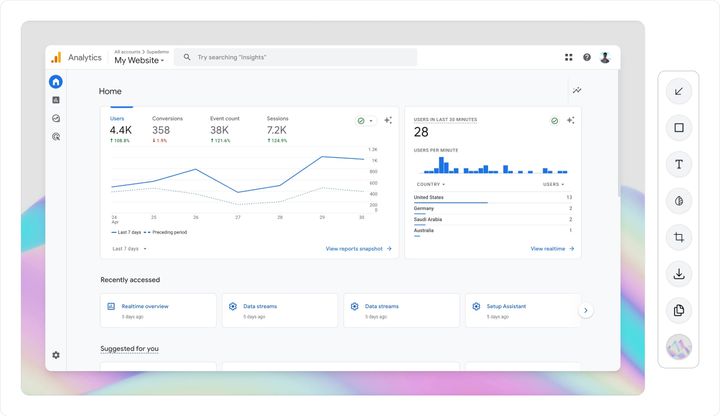In today's competitive business environment, providing excellent customer service isn't enough. You must also offer a remarkable customer experience and proactively guide your customers toward achieving their desired outcomes with your product or service.
This is where the concept of Customer Success Management (CSM) comes into play.
What is Customer Success Management?
Customer Success Management is a proactive, relationship-focused customer management strategy that aims to help customers achieve their business objectives through the effective use of your product or service. The ultimate goal of CSM is to cultivate a positive customer experience, leading to customer retention, loyalty, and advocacy.
The Role of a Customer Success Manager
A Customer Success Manager (CSM) plays a pivotal role in a company's CSM strategy. They are responsible for nurturing customer relationships, understanding customer needs, and guiding customers towards their desired outcomes. Key responsibilities of a CSM include:
- Ensuring customer adoption of the product or service
- Delivering positive business outcomes
- Establishing "trusted advisor" relationships
- Identifying account expansion opportunities
- Leading business reviews
The Importance of a Customer Success Workflow
A well-defined customer success workflow is a series of steps designed to ensure customers achieve their desired outcomes using your product or service. Without a clear workflow, your CSM efforts can become chaotic and unproductive. A robust customer success workflow can provide multiple benefits, including:
- Consistent delivery of customer value
- Improved customer satisfaction and loyalty
- Reduced churn rates
- Increased productivity and efficiency
Steps to Develop a Customer Success Workflow
Creating a customer success workflow involves four critical steps:
Define Customer Success Goals: Identify the stages of your customer journey and set specific goals for each stage. These goals should align with your customer's needs and expectations.
Map the Customer Journey: After defining your goals, identify the milestones and touchpoints required for each stage of the customer journey.
Develop an SOP for Your CSM Team: Create a customer success playbook that outlines how to help customers achieve their goals. This playbook should be repeatable for your entire CSM team.
Analyze and Improve Your Workflow: Use product analytics and customer success KPIs to measure the effectiveness of your workflow and make necessary improvements.
Best Practices for Creating a Customer Success Workflow
To enhance the effectiveness of your customer success workflow, consider the following best practices:
- Customer Segmentation: Segment your customers based on their needs, behaviors, and goals to deliver personalized experiences.
- Metric Monitoring: Track your customer success efforts across the user journey to understand how your customers are performing and identify areas for improvement.
- Regular Feedback Collection: Collect actionable feedback from customers to identify improvement opportunities.
- Workflow Automation: Use a customer success platform to automate your workflow and increase efficiency.
The Power of Customer Success Technology
Leveraging customer success technology can significantly enhance your CSM efforts. Modern customer success management (CSM) software can help you document, track, and analyze the customer experience, providing insights that can help improve your processes and retain more customers.
For instance, a good CSM tool should allow you to easily access necessary information, manage support requests, track interactions, score account health, and identify at-risk customers.
The Role of Product Analytics in CSM
Product analytics play a crucial role in CSM. They allow you to track feature usage, monitor user progress, and spot stages where users might be facing more friction. By measuring customer success KPIs, you can understand how your customers are performing, what challenges they're facing, and what opportunities exist for growth.
The Art of Feedback Collection
Collecting feedback is a critical aspect of CSM. Regularly collecting actionable feedback from customers can help you understand user sentiment, identify improvement opportunities, and close the feedback loop.
The Power of Automation in CSM
Automation is a game-changer in CSM. By automating your customer success workflows with a customer success platform, you can save time, reduce errors, increase efficiency, and improve your results.
Wrapping Up
In conclusion, mastering Customer Success Management is crucial for businesses aiming to cultivate a positive customer experience, build customer loyalty, and drive business growth.
By understanding the role of a CSM, developing a robust customer success workflow, adopting best practices, leveraging customer success technology, and harnessing the power of product analytics, feedback collection, and automation, you can create a winning CSM strategy that delivers measurable results.





